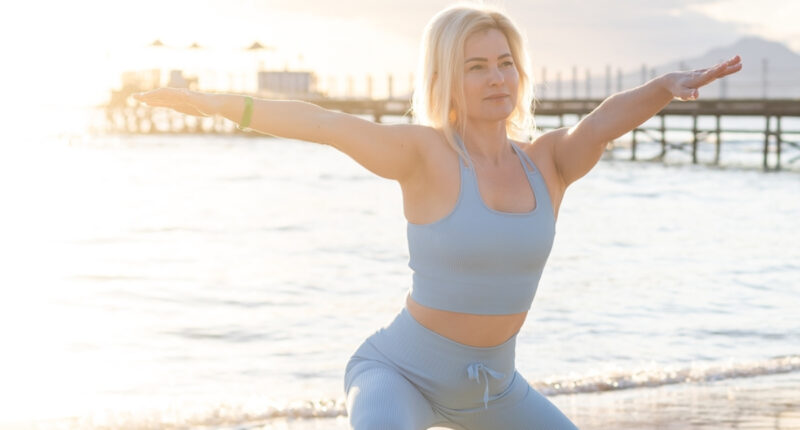5 Fitness Habits That Are Destroying Your Body After 40 – Unfortunately, you can’t turn back the clock or slow down time as you grow older. And alas, there’s no magic potion that can make you look 10 years younger. But establishing healthy lifestyle choices, such as developing a workout routine, can keep you in good health, boost your physical fitness, and even extend your life.
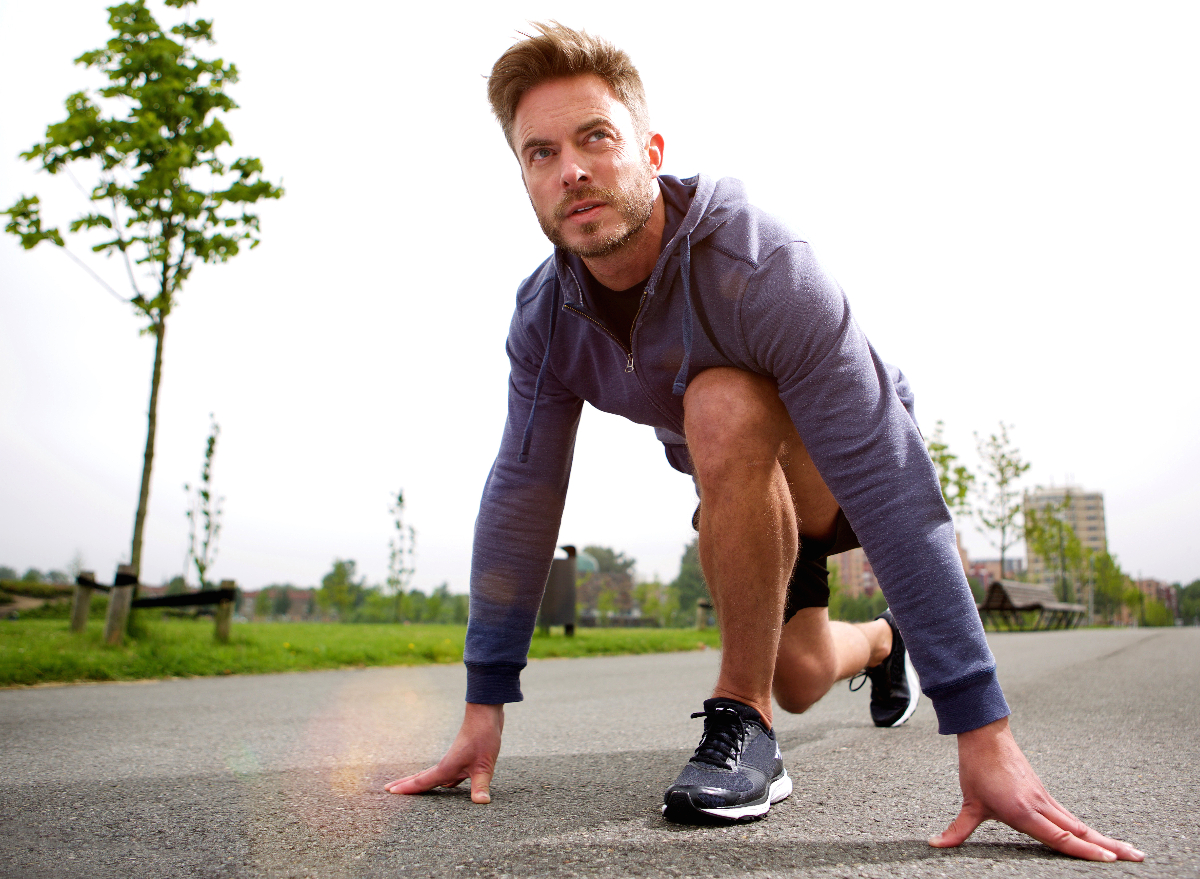
If you’re a dedicated gym goer and workout enthusiast, you’ve likely developed some go-to fitness habits over the years to achieve your goals. Your number one priority may be to lose weight, work on toning a particular area of your body, add more muscle to your frame, or simply maintain your physical fitness. Regardless of what your focus is on, there are some sneaky habits that can be detrimental to the progress you’ve worked so hard to accomplish. What’s more, they can pose a major threat to your body.
To ensure you’re completely in the know, we spoke with RJ Williams, PT, DPT, and Franchise Regional Consultant for FYZICAL Therapy & Balance Centers, who breaks down five fitness habits that can destroy your body after 40.
The next time you lace up your sneakers to head to the gym, be mindful of the below fitness habits that can destroy your body after 40. Keep reading to learn more, and when you’re done, don’t miss the 8 Bodyweight Exercises To Get Rid of Your “Jelly Belly”.

“You can’t put a lot of miles on the car and not take it in for service once in a while,” Williams explains. “Similarly, if you aren’t performing routine maintenance on your body, milage will pile up, and a breakdown is imminent.”
Having a monthly massage membership would be ideal, but alas, it’s an unattainable luxury for many. Don’t fret, because there are some beneficial things you can do right at home to show your body the TLC it deserves. Williams suggests starting with mobility and soft tissue work.
“Soft tissue work can easily be done with a tennis ball and a few rules,” he explains. “Find a tight spot in your muscles, and use the ball to provide some pressure. An easy example is around the shoulder blades on your back. While standing back up toward a wall, pin the ball between your muscles and the wall. From there, you can take several deep breaths sinking deeper into the pressure, or move your body in small directions for a rolling effect, similar to a bear scratching its back on a tree.”
Next up is mobility. Yoga is such a seamless and incredibly accessible form of training to help boost your mobility and flexibility. You can download a yoga app or surf YouTube for some useful videos that bring you through common poses and flows. “The goal is to do more than just move into a stretching position and hold it,” Williams explains. “We want to slowly move in and out of shapes with relaxed breathing to help remold the tissues and promote future access to these shapes and positions.”
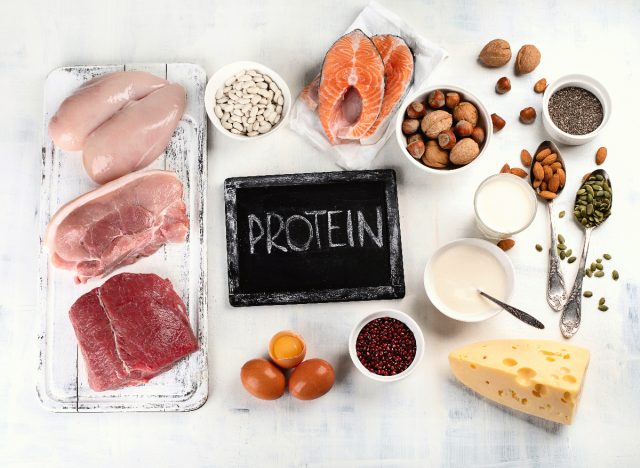
Consuming a healthy diet and sticking to a solid fitness regimen go hand in hand. One “non-negotiable” item is getting a sufficient fill of protein on the daily.
“If we look at the three main macronutrients that make up our food (fats, carbohydrates, and proteins), protein differs considerably from the others,” Williams tells us. “Its primary job isn’t to provide the body with fuel and energy but to build and repair muscle tissue. Increasing your protein intake will help you lose weight, maintain a lean body mass, and increase strength! The amino acids in protein provide something that no other macronutrient can provide.”
Williams recommends one gram of protein for every pound of your body weight. Be sure to spread out those servings throughout the day and not consume too much all at once. Depending on how much you weigh, this may look like three to five servings daily.
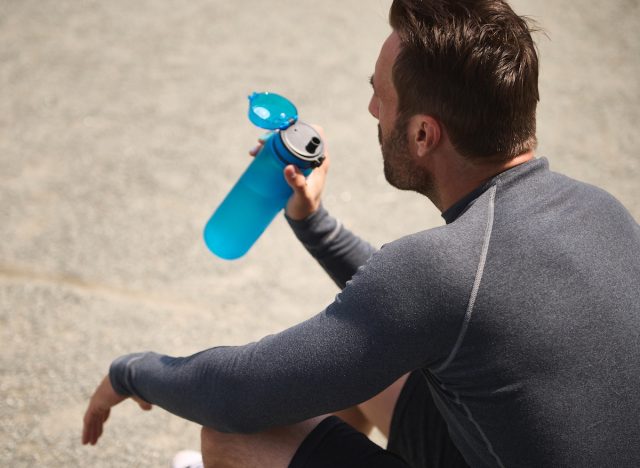
Next up on our list of the worst fitness habits that destroy your body after 40 is poor hydration. Sipping on good old H2O may seem a bit drab, but staying on top of your water intake is a necessary part of the day. “The fitness and beverage industry has done a tremendous job of making us believe water is insufficient for hydrating for activity,” Williams says. “Be cautious of the sugary and artificial beverages as these can actually rob your body of the appropriate balance you need to perform your best.”
Meeting the right levels of water that are suitable for your body weight can support a solid workout and lower your appetite. Your body’s connective tissues bank on adequate hydration, so if you push them to the limit “in a brittle state,” as Williams puts it, you’re more susceptible to injury.
“When you have your nutrition dialed in, and you are preparing most of the food you eat, we can start to open the conversation to your electrolytes,” Williams points out. “It is true that when you are eating a clean diet you may need to add electrolytes back into your water for proper salt balance. These include sodium, potassium, and magnesium. There are products out there to add these into your water easily, but be wary of those that are either high in sugar or contain a lot of other additives and artificial sweeteners.” The goal is to choose something simple, not a drink that sounds like a “chemistry class” on the ingredients list.

A busy schedule sometimes comes with trimming out excess tasks and activities to make your day more manageable. For example, nixing your warm-up before working out may seem like an easy way to cut corners and give yourself back some time. But note that not warming up can make your body more prone to wear and tear in both the short and long term.
“Warming up before exercise allows several important functions for our body to take place. It starts by increasing your heart and breathing rates, which quickly brings fresh blood and oxygen to your muscles, preparing your body to supply these vital components as the work demand increases,” Williams explains. “A good warm-up also allows the muscles to heat up, helping make them more pliable, and reducing the risk of an injury during exercise. Your warm-up should be dynamic, progressively get more intense, and mimic the movements you will be training during your routine.”
Willimas suggests aiming for a 10-minute warm-up. The goal should be to bring your heart rate up, feel a bit out of breath, and maybe sweat!
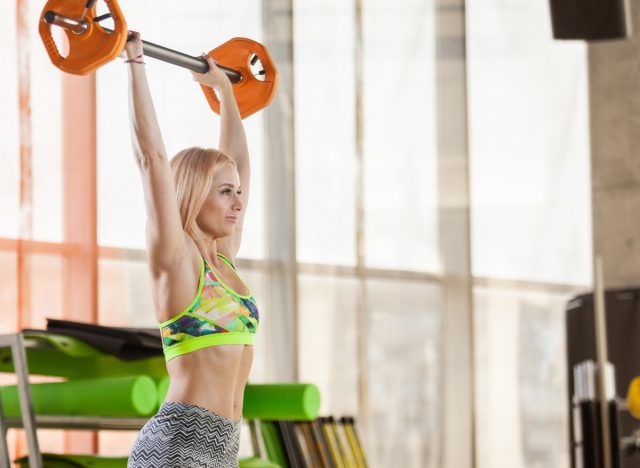
Last but not least on this list of the worst fitness habits that can destroy your body after 40 is hitting the gym too hard after a break or minimal physical activity. “This can be very tricky to explain because the last thing you want to do is dampen someone’s motivation to get back into fitness,” Williams says. “However, we must respect that if you haven’t been active for very long, your ability to do and perform activities in the manner you previously performed will be diminished.”
Williams goes on to say that the typical “weekend warrior” is likely the one to end up in physical therapy. They might decide to play a fun game of pick-up basketball at a family BBQ only to end up with a torn hamstring. The challenging thing to accept about fitness is you may be perfectly fine doing an exercise or physical activity, but the days that follow can be filled with pain. You’ll recognize this as delayed onset muscle soreness, aka DOMS.
“This is common and should be expected but should subside within 24 to 48 hours. But, because it is a lagging indicator, you won’t know you’ve overdone it until you are multiple days into struggling to move, or worse, you’ve suffered a more severe injury,” Williams cautions. “Our goal in getting back into fitness is to always preserve the ability to train again tomorrow. The results will come in time if we can focus on gaining consistency. As you stack multiple days, then weeks, together you can continue to push into the intensity, but it grows off a solid foundation.”
